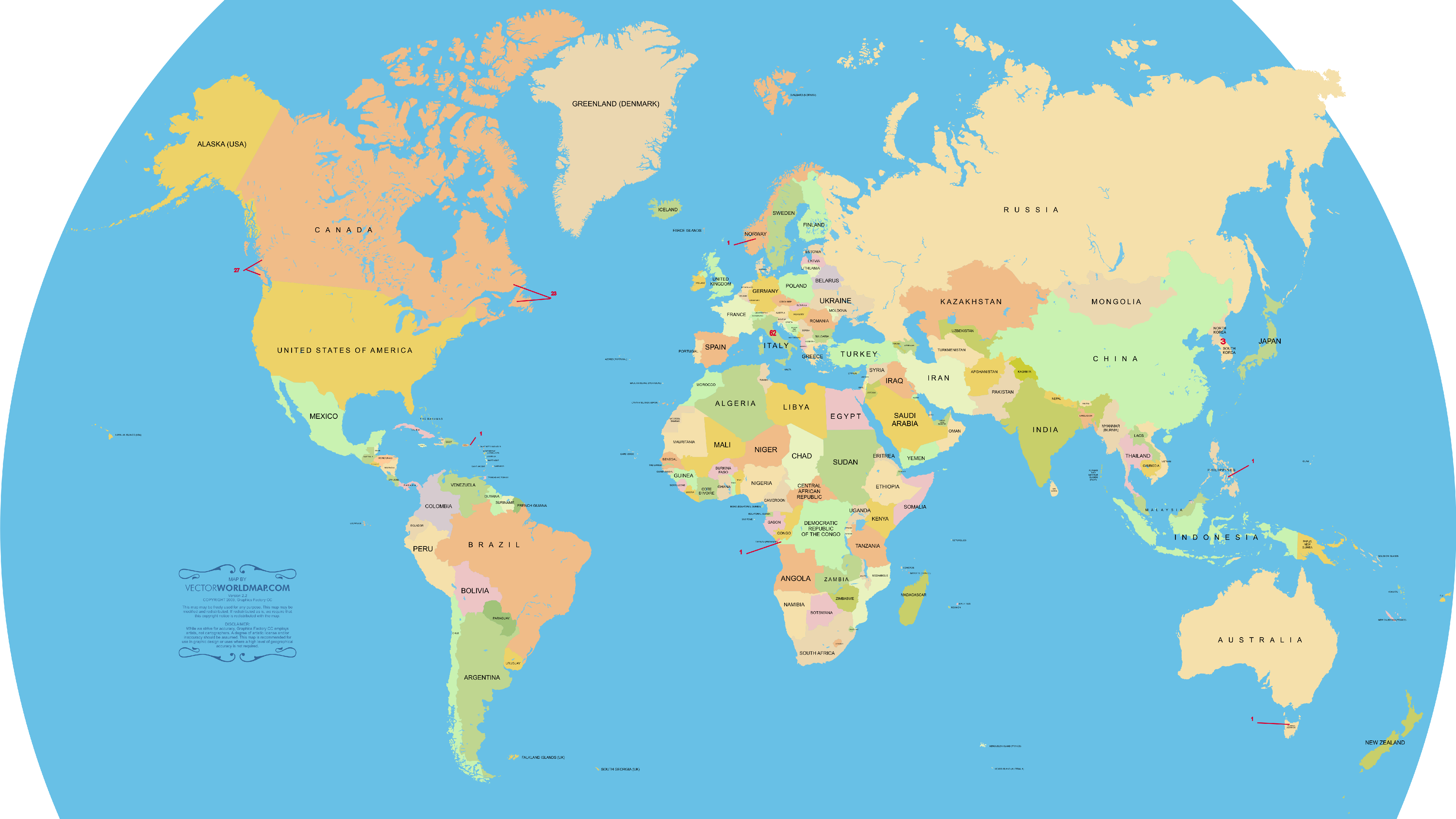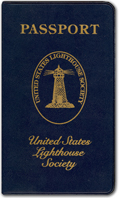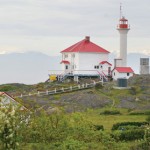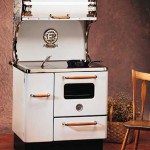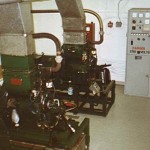I am often asked how many countries in the world still have manned lighthouses, and how many.
Do you know?
There is one minor problem – How Many Countries Are There? Watch this short Youtube video to find out . . . or not!
I am asking for help in finding out which countries actually do have people on the lighthouses, performing the duties of a lighthouse keeper.
If you live in a country that maintains people on the lighthouses as lighthouse keepers, or have visited a country that does, please let me know in the comments box below, or contact me. I would like a webpage link or reference if you have one, and maybe, if you know it, how many manned lighthouses there are.
I will post and maintain a list of worldwide manned lighthouses by country.
Appreciate any help I can get, and yes, I know Canada has a few!
********************************************
Africa (?)
Democratic Republic of the Congo(1) http://www.labaleine.co.za/things_to_do.html
British Virgin Islands (1 +?) http://www.cyberdiver.net/cuan_law.html
Canada (50) http://www.ohscanada.com/news/manned-lighthouses-reviewed/1000347338/ Canada’s “staffed lighthouses across the country now number only 50: 23 in Newfoundland and Labrador and 27 in British Columbia.”
Between 1970 and 1996, 264 [Canadian] lighthouses were automated, . . . http://www.thecanadianencyclopedia.com/index.cfm?PgNm=TCE&Params=A1ARTA0001271
Unmanned Cabot Head Lighthouse; Update http://www.guelphmercury.com/opinion-story/4179091-lighting-the-future-with-the-past/
Continue reading How Many Countries in the World Have MANNED Lighthouses?
